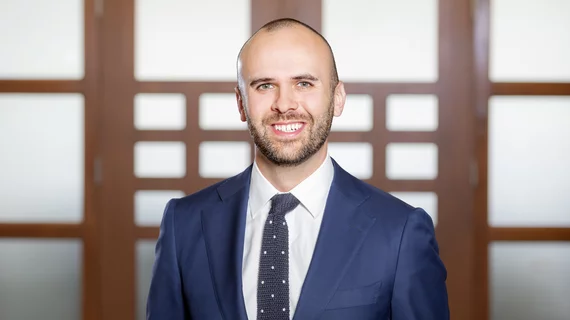Closing the coverage gap: How to empower patients in mammography
“But my mammograms have always been free!” reply frustrated patients across the United States. Their frustration is justified: They’ve just been referred for an expensive “diagnostic” mammography test following an initial “screening” mammogram. Radiology practices are then forced to explain to patients that, while screening mammograms are free for most women, many of the more sensitive procedures required to diagnose a potential issue are not.
While most women come back to get the more expensive follow-up component, studies show that approximately 20% opt to forgo this diagnostic mammogram, leaving them unaware of a potentially life-threatening cancer and possibly going without more efficacious and cost-effective treatment options.
The inequity between “screening” and “diagnostic” mammography is particularly cruel to many higher-risk patients, including cancer survivors and women of color. These patients are more likely to need tests like breast MRI, which, on average, run over $1,000. These tests are crucial; they can rule out cancer or confirm the need for a biopsy. Regrettably, these same patients are among the least likely to be able to afford the tests they urgently need.
Much has been made about “surprise bills” and radiology’s role in unexpected costs passed down to patients. But what about the role of policymakers and insurers in creating these “surprise” coverage gaps—all because of a seemingly minute difference between the words “screening” and “diagnostic”?
This issue was initially discussed when the Affordable Care Act was passed. To the law’s credit, it removed financial barriers to many procedures, including screening mammography, for women 40 and older. But in the decade since, the federal government has been painfully slow to build upon this progress. Thankfully, states are doing their best to pick up the slack, largely in part to organized advocacy by the Susan G. Komen foundation, the American College of Radiology, and the Radiology Business Management Association, among others.
State capitals like Missouri’s Jefferson City and Arkansas’s Little Rock aren’t exactly known as hotbeds of health policy innovation—but perhaps they should be. As of today, 17 states, including Missouri and Arkansas, have passed legislation to close the aforementioned coverage gap by prohibiting cost-sharing for diagnostic mammography. These laws ensure that patients can receive life-saving breast diagnostics at no cost. On a particularly encouraging note, seven of those states passed their legislation in 2023. In addition, several others may follow in the months ahead, and a handful of other states may follow before the end of the year.
Even states like Oregon and Washington—once described by a lobbyist colleague of ours as “a black hole” for mammography legislation—have put forward and passed legislation to fix this issue and have done so in a bipartisan fashion. Insurance companies and their army of lobbyists fight these bills, but they’re fighting a rearguard battle. The pendulum has swung in the favor of patients, their providers and common sense.
We find these developments encouraging, but a significant cost schism persists, especially for patients covered by ERISA plans. Without blanket federal protections, these gaps reduce access to affordable mammography services and contribute to patient confusion and financial hardship.
Still, there’s cause for hope. Reps. Rosa DeLauro, D-Conn., and Brian Fitzpatrick, R-Pa., recently reintroduced their legislation, the Find It Early Act, which mirrors the patient protections passed in many states. The legislation would mandate all health insurance plans cover diagnostic breast imaging, including mammograms, ultrasounds and MRIs—with no cost-sharing for patients.
In introducing the bill, Reps. DeLauro and Fitzpatrick mentioned the recent dense breast notification mandate from the FDA. This mandate requires all mammography reports to include an assessment of breast density and whether women with dense breasts should consult with their doctor about additional tests. Coincidentally, this important national requirement has its roots in years of state-level policy.
Despite opaque, controversial and highly publicized recent recommendations from the United States Preventative Services Task Force, providers are making significant progress with respect to mammography coverage. Together, we can ensure that no woman has to forego potentially life-saving tests due to financial constraints, and every individual can receive necessary care.
Kit Crancer
President, Radiology Business Management Association
Bob Still
Executive Director, Radiology Business Management Association
